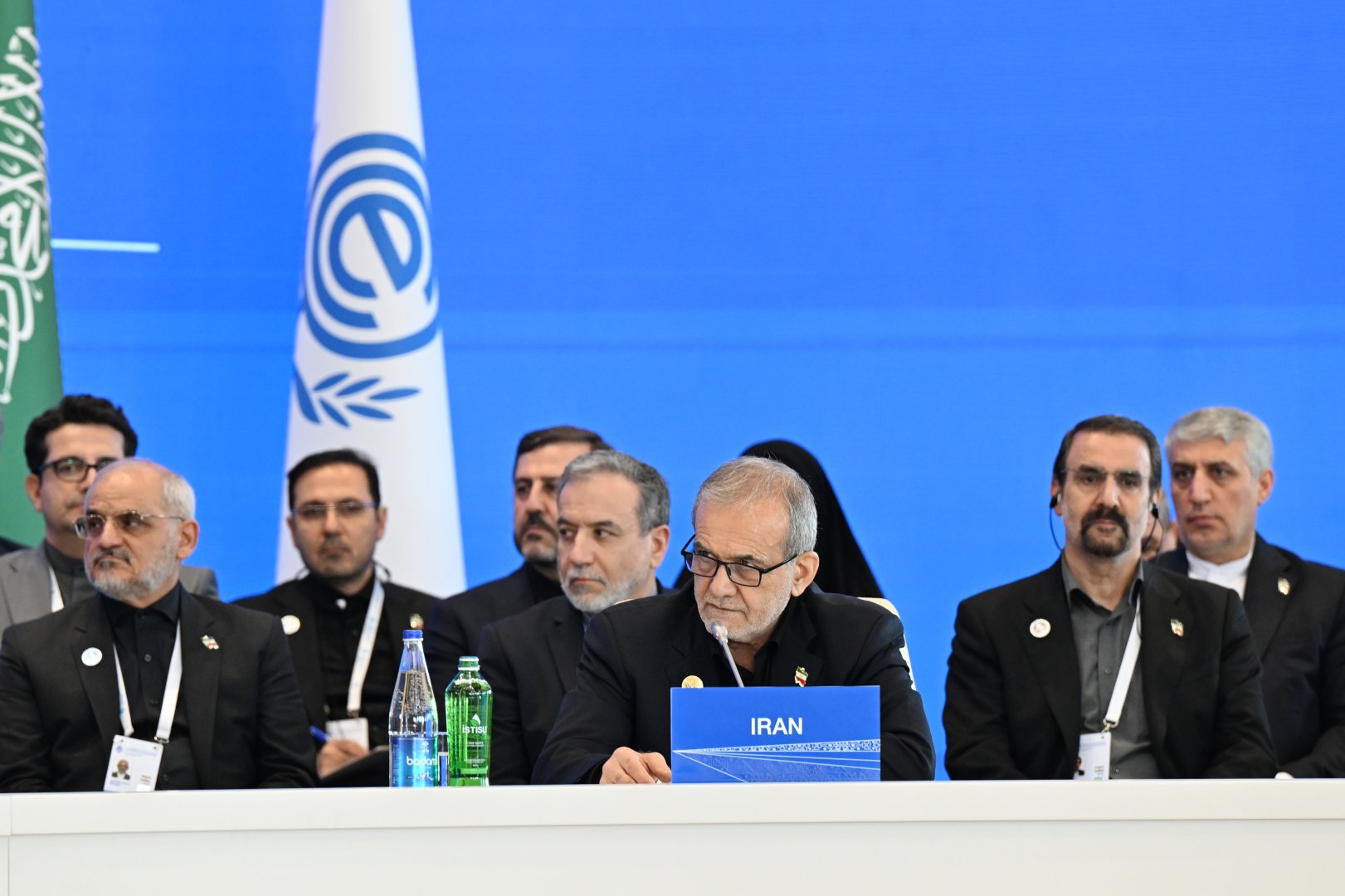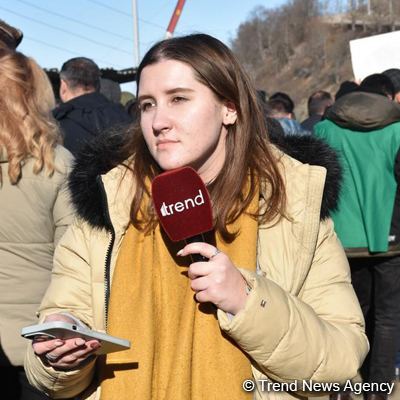BAKU, Azerbaijan, July 4. At the 17th Summit of the Economic Cooperation Organization (ECO) in Khankendi, Iranian President Masoud Pezeshkian underscored the urgent need to strengthen transport infrastructure connecting both domestic and cross-border routes among member states.
“Iran and its transit neighbors have a key role to play. We need to expand logistics networks and ensure that border crossings and ports meet international standards,” he said.
Regional transport development was a central theme of Pezeshkian’s speech. He placed strong emphasis on modernizing ports and customs facilities, stressing that they must be brought up to the highest global benchmarks.
He also addressed the economic dimension of integration, noting that intra-regional trade within ECO still accounts for just 8% of the bloc’s total trade volume. “We must accelerate negotiations on creating a free trade zone and aim to deliver concrete results by 2035,” the president said.
This highlights the need for both infrastructure upgrades and legal frameworks to enhance economic cooperation across the region.
In this context, Iran’s active development of the International North–South Transport Corridor (INSTC) takes on added significance. The route connects India with Russia and Europe via Iran, Azerbaijan, and Kazakhstan, and is fast becoming a vital artery for Eurasian transit.
In May 2025, geological surveys began on a key 14.2-kilometer stretch of rail between Rasht and Astara—considered the last missing link on the Iranian side of the corridor. As part of the "Transit 2025" initiative, Iran and Russia signed an agreement to complete the section, with Azerbaijan also contributing to the project.
At the same time, the three countries are working to attract investment in railway infrastructure, aiming to increase cargo volume on the North–South route to 10 million tons. A key milestone has been the completion of the Astara terminal in northern Iran—built in partnership with Azerbaijan—which is expected to speed up cross-border freight movement.
Efforts to establish a free trade zone within ECO are a logical next step. With the physical infrastructure already taking shape, attention is now turning to the legal and economic frameworks that will support deeper regional integration.
In this light, Iran is positioning itself as a strategic connector in the region. By upgrading critical segments of the North–South Corridor and fostering stronger ties not only with neighboring countries but also with global partners like India and Russia, Tehran is helping to lay the foundation for a more connected and economically integrated Eurasia. The corridor has the potential to become a key growth driver, reshaping trade flows across the continent.







